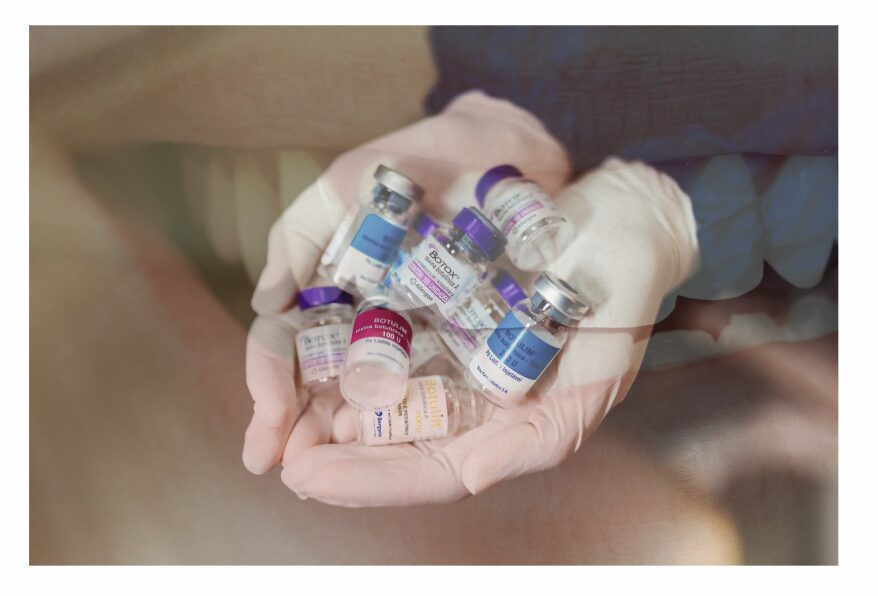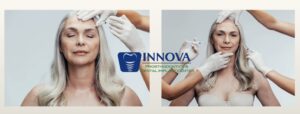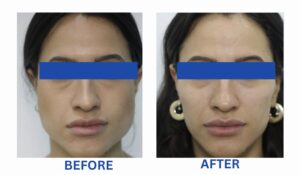
Botox in Dentistry
Botox in Dentistry: Pain Relief, Gummy Smile Treatment & Smile Confidence
Introduction
Botox in Dentistry is not only about facial esthetics but also about oral health, muscle function, and smile confidence. When most people think about dentistry, the first ideas that usually come to mind are dental implants, cavities, or orthodontic treatments. However, modern dentistry goes far beyond these areas. Today, innovation not only restores teeth but also improves oral health, enhances muscle balance, and supports facial esthetics. One of the most significant advances in this field is the use of Botox in dentistry. Far from being exclusively cosmetic, Botox plays a valuable role in the management of bruxism, gummy smiles, orofacial pain, and smile harmonization.
The following sections explain what Botox is in dentistry, how it works, its main benefits, and why it can serve as a complement to traditional dental treatments.
1. What Is Botox in Dentistry?
Botox (botulinum toxin type A) is a neuromodulator that relaxes overactive muscles. While it is widely associated with cosmetic procedures, its therapeutic applications in dentistry are highly relevant. In controlled doses, and when applied by trained professionals, Botox in dentistry reduces excessive muscle activity in the jaw and face. This helps to relieve functional problems such as bruxism, diminishes facial tension, and contributes to a natural and balanced smile.
2. How Botox Is Used in Dentistry
The applications of Botox in dentistry extend well beyond esthetics:
-
In patients with bruxism, it decreases jaw tension and protects teeth from the damage caused by constant grinding.
-
For individuals with a gummy smile, Botox relaxes the upper lip, resulting in a more harmonious appearance.
-
In cases of orofacial pain or chronic migraines, muscle relaxation helps reduce tension and discomfort.
-
In oral rehabilitation and dental implants, Botox limits excessive bite force, thereby protecting restorations and prostheses.
These examples highlight how Botox contributes not only to smile esthetics but also to function and comfort in everyday life.
3. Benefits of Botox in Dentistry
The integration of Botox in dentistry offers several health and functional benefits:
-
Provides significant pain relief, particularly in patients with bruxism or muscle hyperactivity.
-
Promotes smile harmony by minimizing excessive gum exposure without the need for surgical procedures.
-
Offers protection for dental implants and restorations, as it reduces bite force that could otherwise compromise their longevity.
-
Enhances the overall patient experience, allowing for greater comfort, confidence, and a natural appearance.
These advantages demonstrate that Botox can serve as both a preventive and corrective tool in dental care.

4. Botox Compared to Traditional Dental Treatments
Conventional therapies, such as night guards and orthodontics, remain essential in dental practice. Nonetheless, Botox represents a complementary approach rather than a replacement.
-
While night guards protect the teeth mechanically, Botox addresses the underlying muscle activity that contributes to wear.
-
Orthodontic treatment aligns teeth and corrects occlusion, whereas Botox focuses on refining the appearance of the smile, particularly in cases of gummy smile correction.

5. Is Botox in Dentistry Safe?
Yes. When administered by professionals trained in orofacial esthetics, Botox in dentistry is considered safe, minimally invasive, and temporary. The effects typically last between four and six months, after which treatments can be readjusted according to the patient’s progress and needs.
For further educational references, consult the American Dental Association or the World Health Organization – Oral Health.
Conclusion
Dentistry today goes beyond the restoration of teeth. It encompasses health, function, esthetics, and overall well-being. The use of Botox in dentistry illustrates how innovation can enhance both oral function and facial appearance. Patients may benefit from pain reduction, functional improvements, protection of dental implants, and more natural smile esthetics.
This approach reflects the evolution of modern dentistry, where therapeutic techniques and esthetic considerations work together to improve quality of life.
